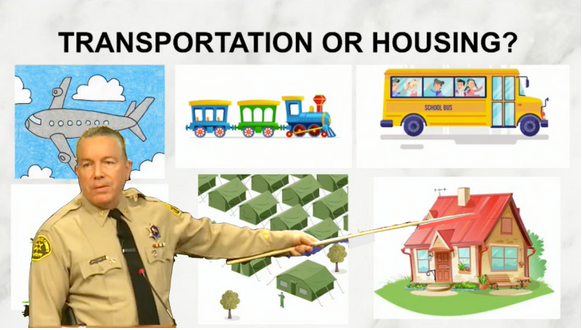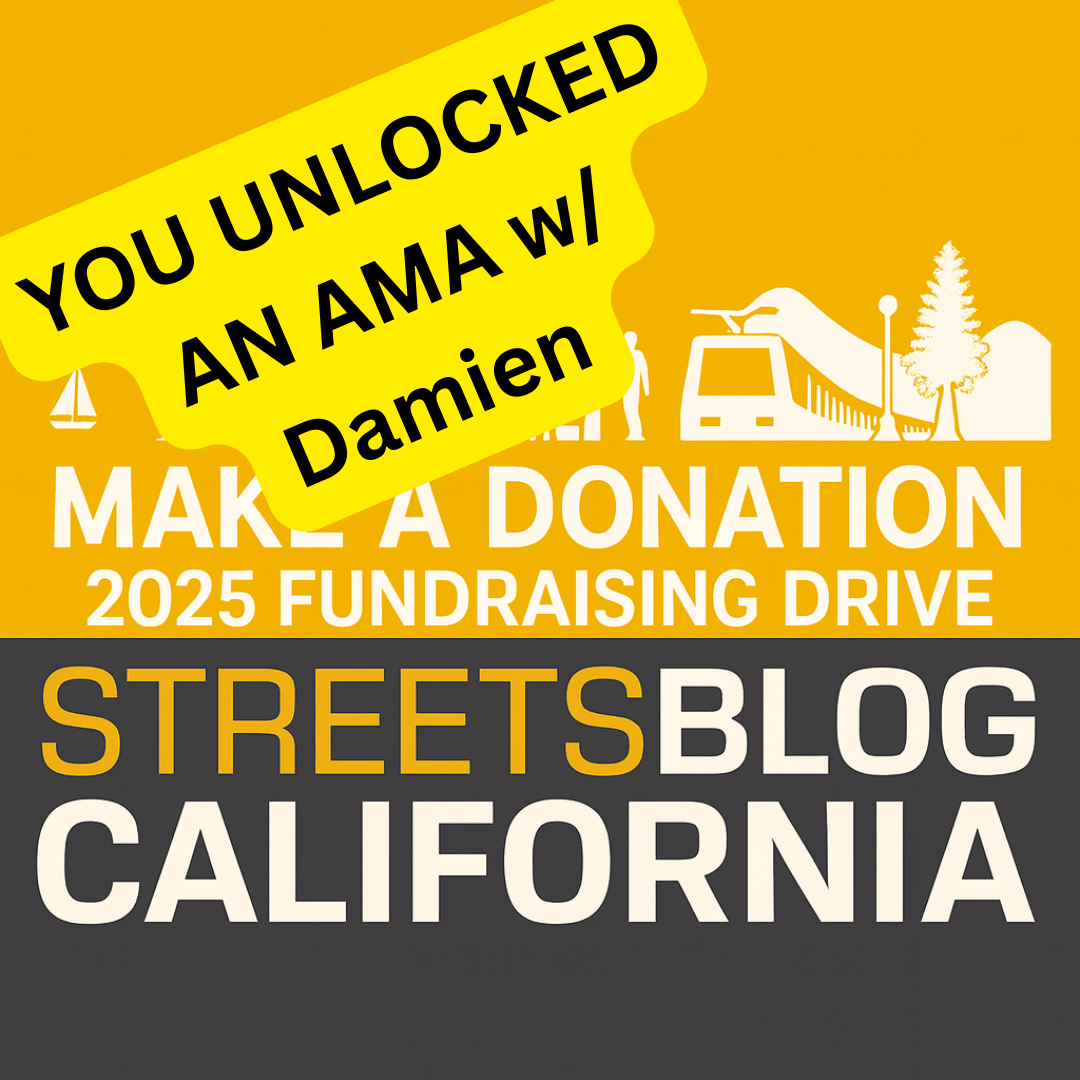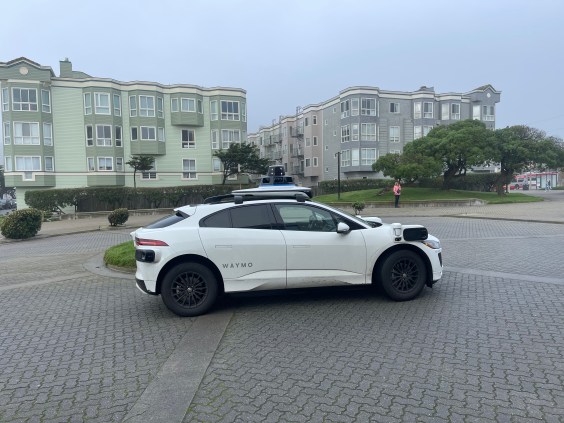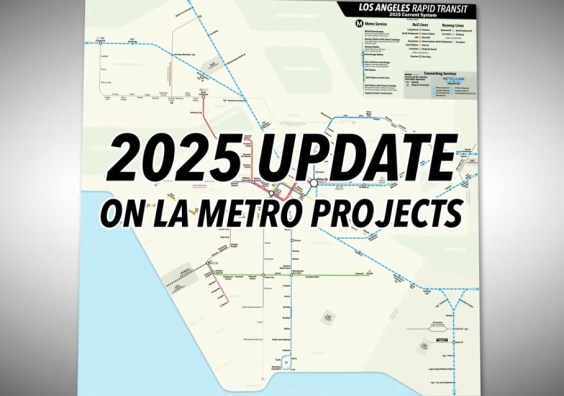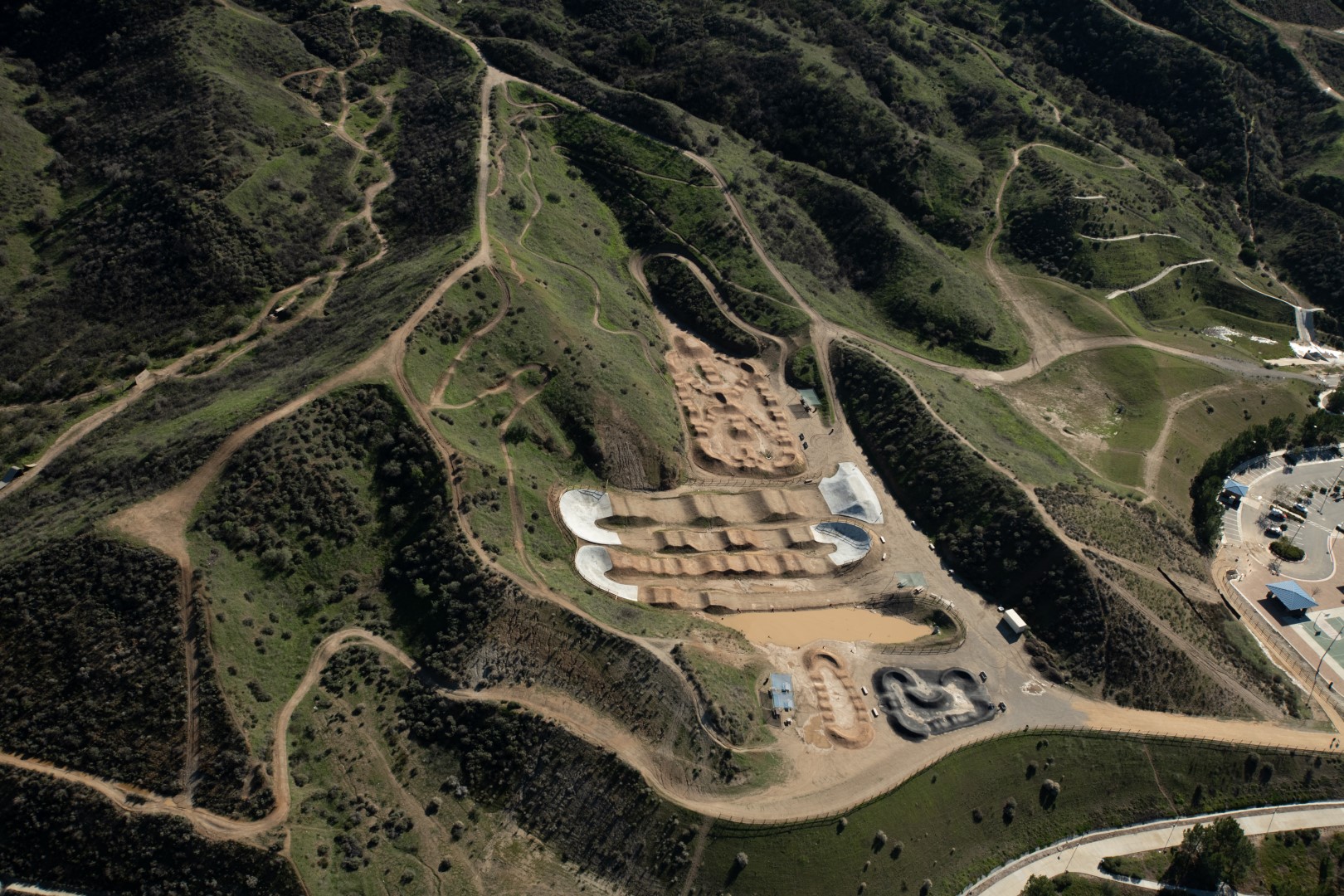One of the hardest aspects of transportation advocacy is that the solutions to transportation problems are often counterintuitive. Induced demand or induced travel is the best-known example of this: when you widen a highway, that encourages more people to drive on it, returning congestion to the original levels within a few years. But what we’re missing is that traffic congestion isn’t a problem that can ever be solved by building more or wider roads, because it’s not a problem with the highway.
Yet Caltrans keeps planning highway expansions, and California legislators and the governor continue to prop up these unsustainable projects.
Picking up the right tools to solve congestion
The United States has spent decades and trillions of dollars prioritizing driving and car-centric infrastructure. As a result, there will always be more demand for driving at peak hours than there will be space on the roadway. Thankfully, there are better ways to reduce congestion, like building infill, affordable housing near jobs, schools, and transit hubs, plus adding bus, walking, and rolling options.
Unfortunately, when all you have is a hammer, everything looks like a nail. In California, Caltrans is tasked with maintaining the highways and many state routes that wind through towns and cities, often serving as local roads and streets. This includes responding to problems on the roads, including backed-up traffic and slow travel times. For decades, Caltrans’ only tool to solve congestion has been roadbuilding, so that’s what it does — to the tune of $20 billion a year.
To truly solve California’s tangled traffic, we need to take the problem out of the hands of the road builders and address the root causes of congestion: building more affordable housing near jobs and improving public transportation options.
Wrong solutions create more problems
State Route 37, which connects Vallejo and other Solano County communities to Marin County and beyond, is the Bay Area poster child for wrong-headed highway widening. Caltrans proposes to spend $500 million to add lanes to a section of the roadway that will be underwater within the next couple of decades due to sea level rise. It’s a high price to pay for a very transitory solution.
And money isn’t the only cost of this destructive highway project. Governor Gavin Newsom just signed AB 697. The bill lifts limits on killing endangered species in the delicate marshland adjacent to the roadway during construction, clearing the way for Caltrans to bulldoze its plan through.
But even without the looming spectre of climate change, the SR 37 project won’t fix congestion because it doesn’t address its causes. Marin County has more jobs than households, thanks to thriving vineyards and tourist attractions, plus a strong science and technology industry, and workers gravitate to job centers in these locations. Meanwhile, Vallejo and neighboring communities on the other side of the Baylands have something the North Bay counties don’t: cheaper housing. The average rent for a three-bedroom unit in Vallejo is $2,476, while rent for the same unit in Marin is double that, at $4,995 a month. So workers in lower-income sectors —like the people who keep restaurants, hotels, tasting rooms, and spas running — are often forced to look far from their work to find housing they can afford.
The lack of affordable housing near jobs in North Bay communities is compounded by a lack of frequent and reliable public transit. This leaves workers with no choice but to drive between work and home, clogging SR 37.
Widening a section of this highway to ease the congestion is like taking pain medication for a broken arm, but not setting the bone. You might feel better for a while, but you haven’t solved the problem.
Housing and transit are better investments
According to California’s Department of Housing and Community Development, Marin County needs to build over 14,000 units of new housing by 2031 to keep up with its housing needs. Building these homes is one of the best ways to reduce congestion — much better than adding new lanes to a highway that will simply be new surfaces for congestion in a few years. A report on the impact of California’s successful Affordable Housing and Sustainable Communities (AHSC) program showed that building 20,000 homes took more than 40,000 cars off the road each year. With a $500 million public investment, affordable housing developers could help finance thousands of housing units in the North Bay.
Single-occupancy vehicles are a wildly inefficient way to move humans from one place to another. A recent study by the Climate and Community Institute modeled the impact of shifting $1 billion in highway spending to public transit. The study found that this shift saved almost $200,000 in congestion-related costs, as well as reducing vehicle miles traveled (VMT) by more than 1.8 million annually. Putting $500 million toward improved transit options would do much more to ease congestion on overcrowded roads like SR 37.
Highways aren’t drainpipes
Even the smartest engineer will come up with the wrong answer when they start with the wrong assumptions. For decades, our road planners have assumed that roads function like drainpipes: iIf the pipe is overflowing, get a wider pipe to handle the flow.
A better metaphor for the network of streets and highways that connect our communities is as an expression of our desires, frustrations, and aspirations. Our roads show where we’ve failed by backing up traffic when transit and housing options are suboptimal. They show what we wish for with people creating ad hoc walkways to cut through too-long blocks and bike riders on sidewalks where streets are too dangerous. But our transportation systems can also highlight the best of us, lifting up our shared humanity and strengthening our social fabric, from the ubiquitous smile and head-nod of strangers riding the bus to the wave of a toddler zooming past on the back of an e-bike.
Highway widening as the go-to solution for traffic congestion is a failure of attention and imagination. We need to direct the attention of the decision makers who allocate funding for transportation, housing, and transit to the true causes of congestion. And we need to expand our imagination of what’s possible to solve congestion from what has always been to what actually works.
Transform is leading the fight to move beyond highways as the answer to every transportation challenge. We’re working to find real solutions that improve people’s lives and stop climate change. We hope you’ll join us.
